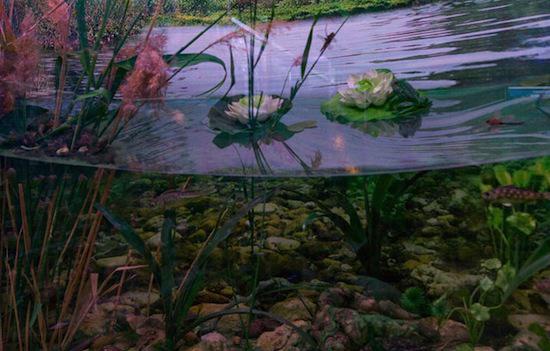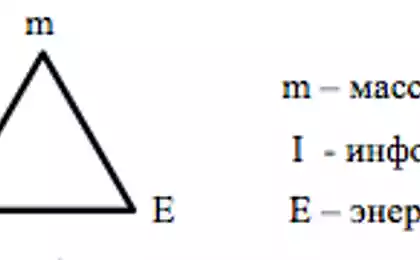483
Most freshwater reservoirs water temperature at the bottom of the same and amounts to + 4 ° C

The reason for all is one of the anomalies of water. As far as we all know, the density of fresh water is 1 g / cm3 (or 1,000 kg / m3). However, this value varies depending on temperature. The highest density of water is observed at + 4 ° C, with increasing or decreasing temperature of this mark, the density decreases.
What happens in the waters? With the arrival of autumn, when the advancing cold surface water begins to cool and, therefore, become more difficult. The dense surface water sinks to the bottom, and more depth - to the surface. Thus, mixing occurs as long as all of the water reaches a temperature of + 4 ° C. Surface water continues to cool, but the density of it is now reduced, so that the upper layer remains on the surface of water, and stirring was no longer occurs. As a result, the surface of the reservoir is covered with ice, and the deep waters are cooled very slowly, only due to the thermal conductivity of which the water is very low. Throughout the winter of bottom water can maintain its temperature at 4 ° C. With the arrival of spring and summer the process is reversed, but the deep water again retain its temperature.
Thanks to this interesting feature relatively large reservoirs are almost never freeze to the bottom, which gives the fish and other aquatic life to survive the winter.
via factroom.ru
5 stupid mistakes of world-famous scientists
Several reasons for which the heroes of Jules Verne would not have to fly to the moon from a cannon






















